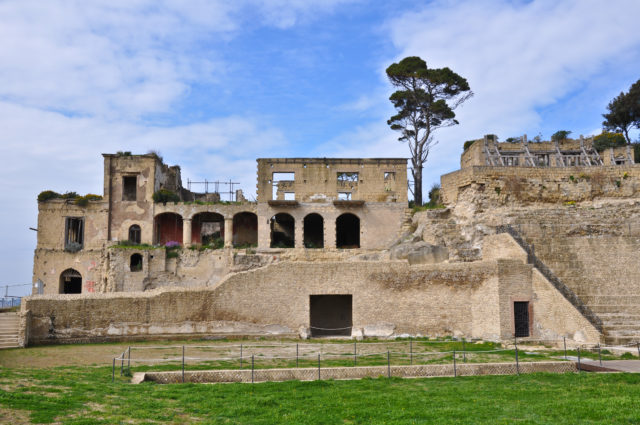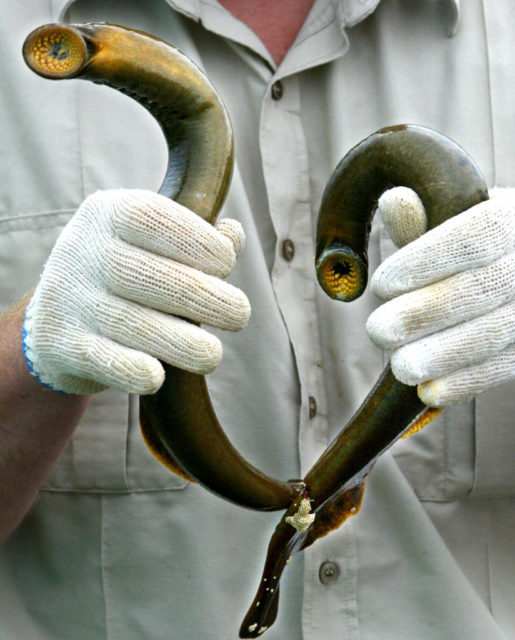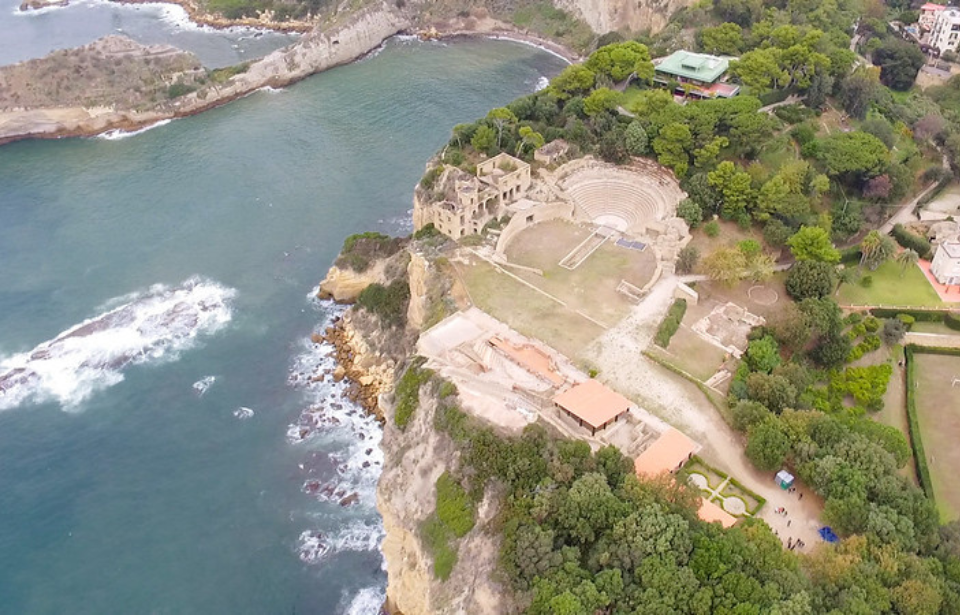Posillipo Archaeological Park is situated along the edge of the Bay of Naples and is home to many ancient sites including the Palace of the Spirits, the Odeon, and, perhaps most interesting of all, the Imperial Villa. It is at the latter location that researchers have uncovered a Roman mosaic steeped in the dark history of the man who had it created.
The Imperial Villa
The Imperial Villa is an impressive architectural feat that was built for Publius Vedius Pollio, a well-known politician and wine merchant who lived during the first century CE. Its location in Naples was an area where only the elite and wealthy of Rome lived. Upon Vedius Pollio’s death, the villa was passed along to Emperor Augustus, and then to each ruler after him. It was still in use by the reign of Hadrian, although it very well could have been used much later than that.

The property contains a 2,000-seat amphitheater constructed out of rock. Many of the men who owned the villa after Pollio made modifications and additions, including a colonnade in honor of Augustus’ wife Livia, and water pipes. Some of the rooms inside the building still show traces of wall decorations, while many of the exterior features, such as fish ponds, became submerged and are now part of the Submerged Park of Gaiola.
A new discovery
Archaeologists from the University of Naples L’Orientale were working in the villa when they uncovered a mosaic floor that they were able to date to the early years of its construction. It was located beneath some renovations that Augustus ordered when he was bequeathed the building. The detailing has small white tesserae encased in a double black frame tesserae, to delineate two spaces in a living room overlooking the bay.
Archaeologists uncover ancient mosaic of the living room of brutal Publius Vedius Polliohttps://t.co/TeZQM5dBGw#Roman #Italy pic.twitter.com/2ZvWUyob10
— STEFAN (@nevadaknight67) December 13, 2022
There is no denying that the floor is quite plain, especially when compared to pieces like the Byzantine mosaic found in the Gaza Strip, but it is fascinating nonetheless for its unique history. The covering of this mosaic, as with the other renovations at the Imperial Villa, were all part of Augustus’ desire to tarnish the memory of Pollio and his legacy after he died. This may seem like a drastic measure to take against an innocent wine merchant, however, Pollio was anything but innocent.
A dark history
In fact, he earned a horrid reputation for the treatment of his slaves in this villa and his other properties. At one point the property had a pool that housed a hoard of eels – some sources say lampreys while others say moray eels – which he would use to punish his slaves. He routinely threw them into the pool so that they were devoured by the flesh-eating creatures. His acts were well known, and were even written of by the Roman philosopher Seneca.

Pollio’s actions went unchallenged until he attempted to throw a slave into the pool for breaking a glass during a dinner with Augustus. The Emperor was disgusted by this treatment, ordering that the pool be filled in, the slave be freed, and all of the slave owner’s crystal be smashed. Years later, supposedly out of embarrassment for his actions, Pollio then left the property to Augustus who made quick work of modifying it and not honoring Pollio’s wish to have a statue of himself erected.
More from us: 12 Stunning Cliff Constructions From the Ancient World
Ovid, the Roman poet, believed this to be a pointed comment against Pollio, his behavior, and immoral luxury.
